The elusive birds attracted by this British summer, from the corncrake to the brown booby
Elusive species have been making appearances, while scientists are surveying remote areas providing a haven for seabirds.
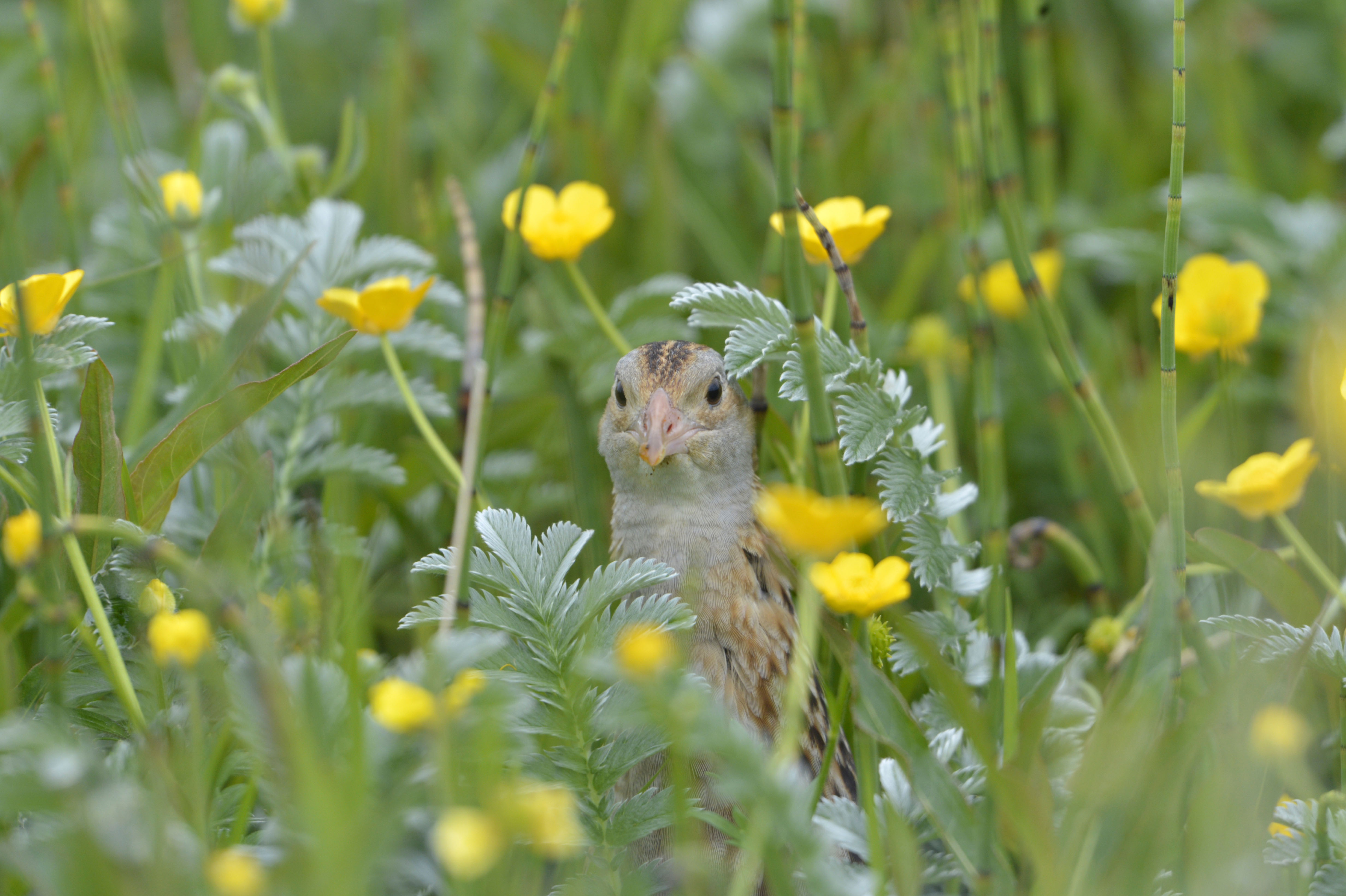
Earlier this month, birdwatchers flocked to St Ives in Cornwall to spot a brown booby, whose more regular habitats are Mexico and the Caribbean.
Cornwall Bird Watching & Preservation Society (CBWPS) said it was believed to be the first sighting in the UK.
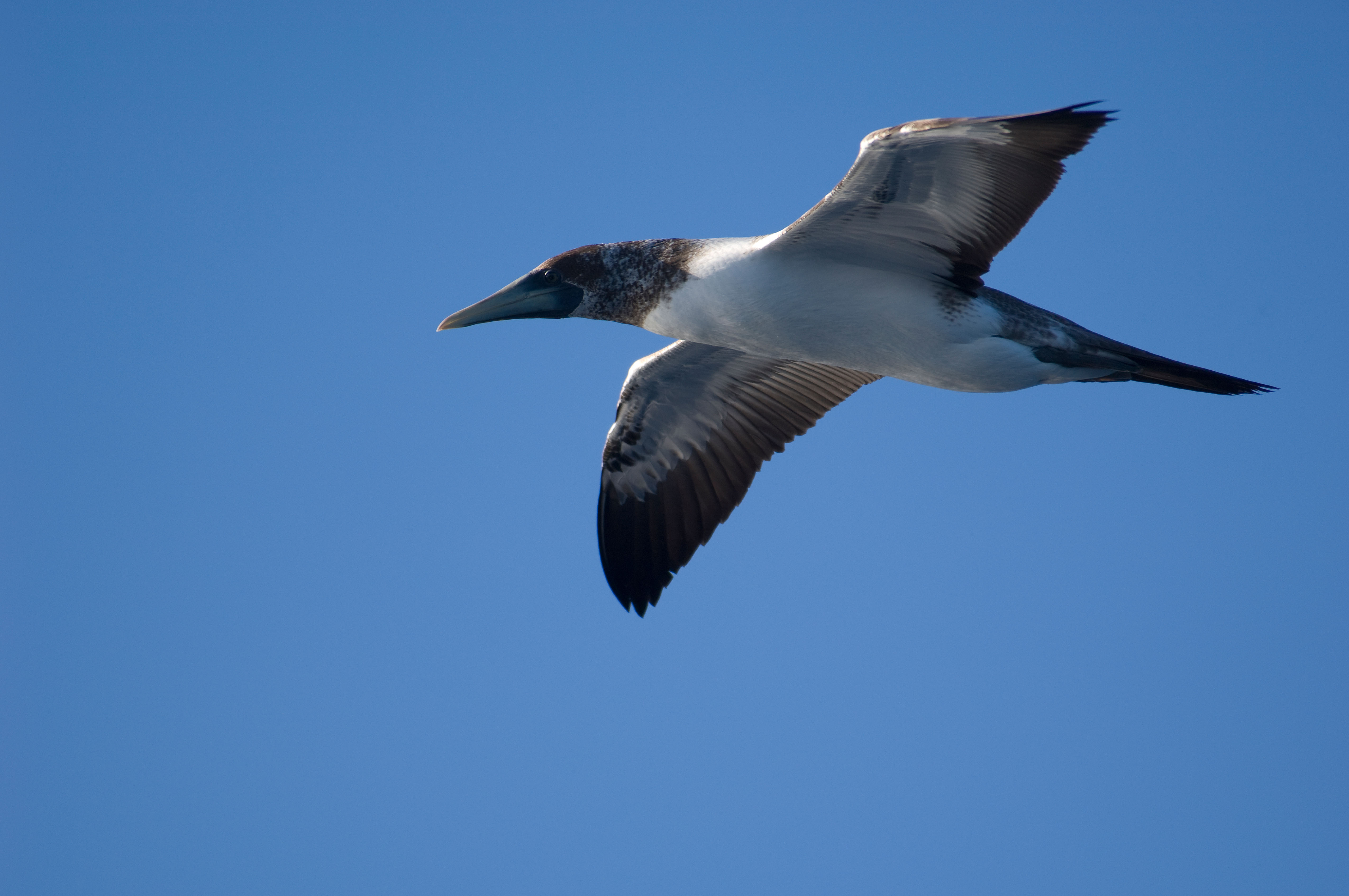
'Brown boobies just do not belong around here,' said Mark Grantham, chairman of the CBWPS.
'It is one of those strange birds that sometimes find themselves on the wrong side of the Atlantic.
'It's probably found a good food source but with a change in the weather it might not hang around.'
Globally threatened corncrakes have also been spotted this summer.
Two pairs of the species, known for their secretive behaviour and rasping call, were recorded on Rathlin Island in Northern Ireland.
Exquisite houses, the beauty of Nature, and how to get the most from your life, straight to your inbox.
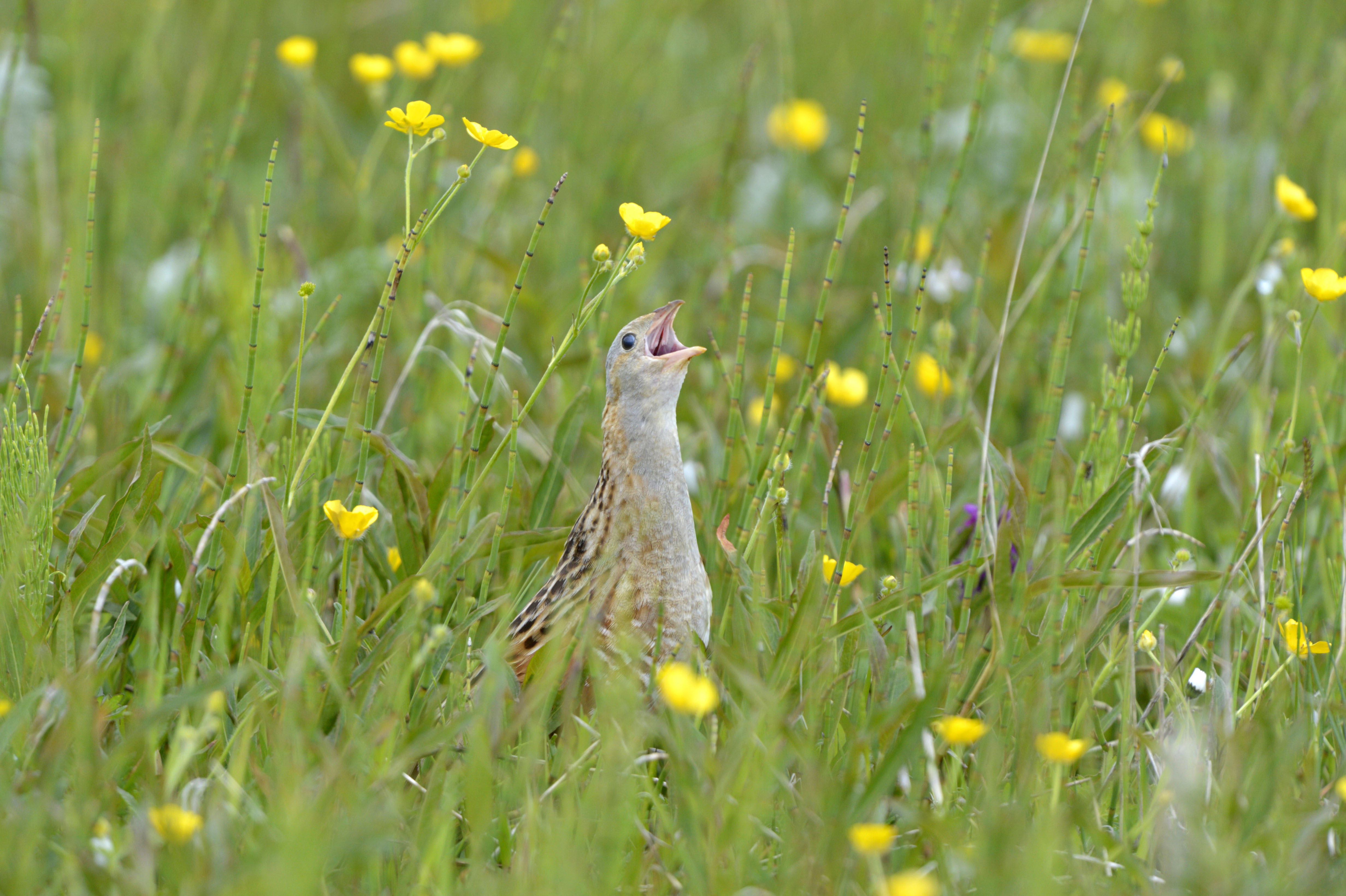
Liam McFaul, the island's RSPB warden, said it is the first time since the 1980s that the island has two breeding males.
Meanwhile, a pair of Savi's warblers have nested in Wales for the first time.
The birds were spotted at the Cors Ddyga reserve on Anglesey, following the successful establishment of other rare species in the same area.

Bitterns and marsh harriers have nested on the reserve for the fourth consecutive year, having been missing for several decades.
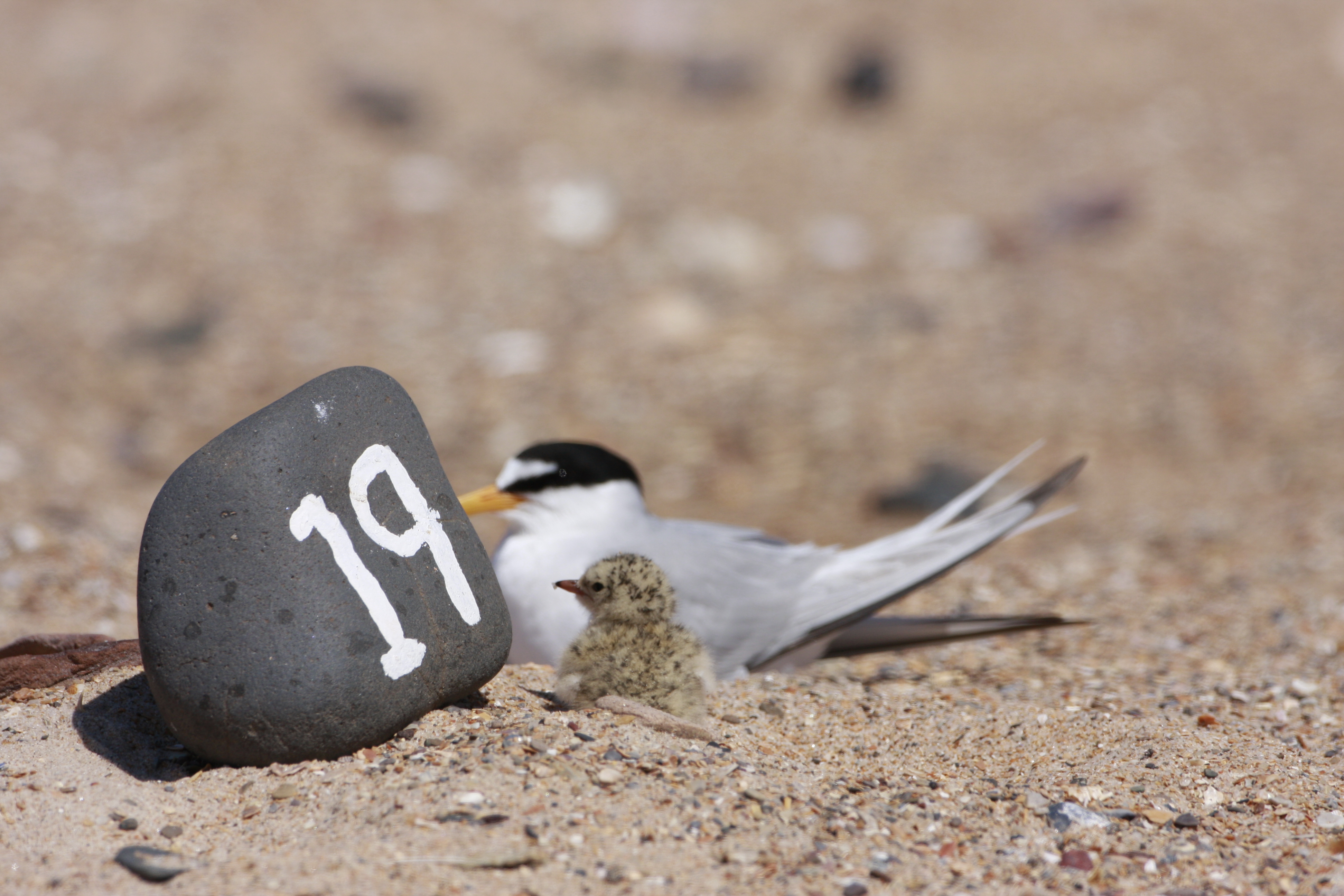
The little tern has also enjoyed a boost for its population, and 2019 has been recorded as its most successful season in almost 30 years.
The good news comes as scientists carry out a survey into seabirds in St Kilda.
The archipelago, which lies about 40 miles west of North Uist, Scotland, is home to almost a million seabirds, including gannets, shearwaters and storm petrels.
It has been almost 20 years since birds on Boreray and Soay had been surveyed, due to difficulty in landing on the islands from a boat.

Credit: Alamy Stock Photo
Country Life today: Eagles spell trouble, the cheapest Cotswolds cottage and an underground farm
In today’s round-up we bring you news of sea eagles arriving in England, a charming Cotswold cottage for £12,000 and
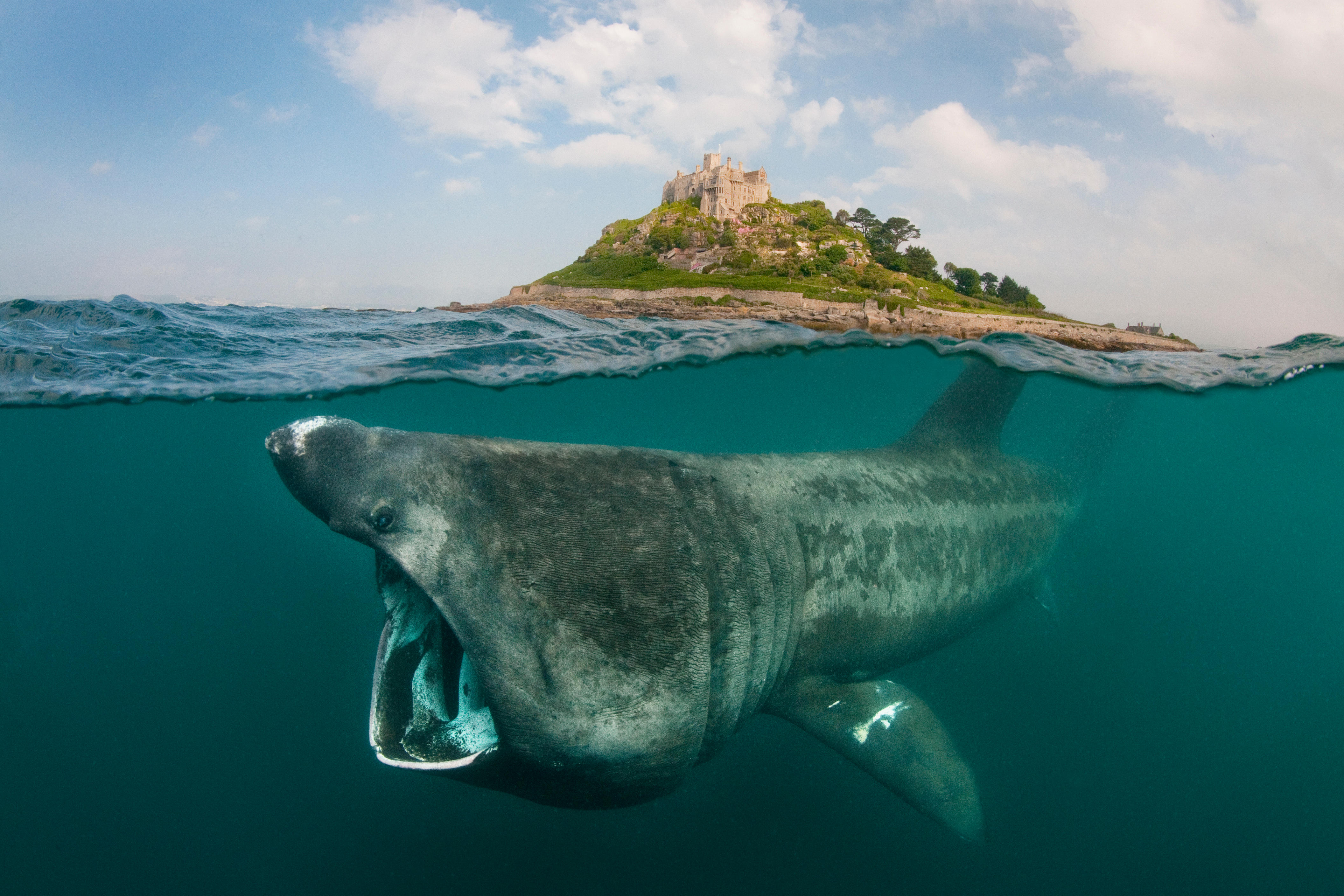
World’s first protected area for basking sharks to be set up in Scotland
Scotland wants to create the world’s first protected area for basking sharks